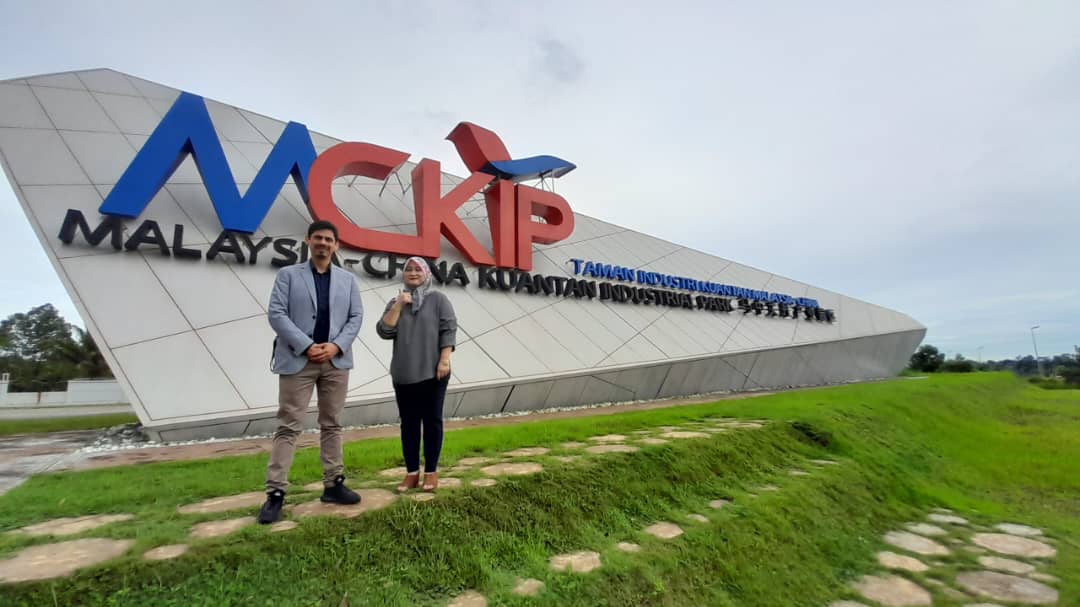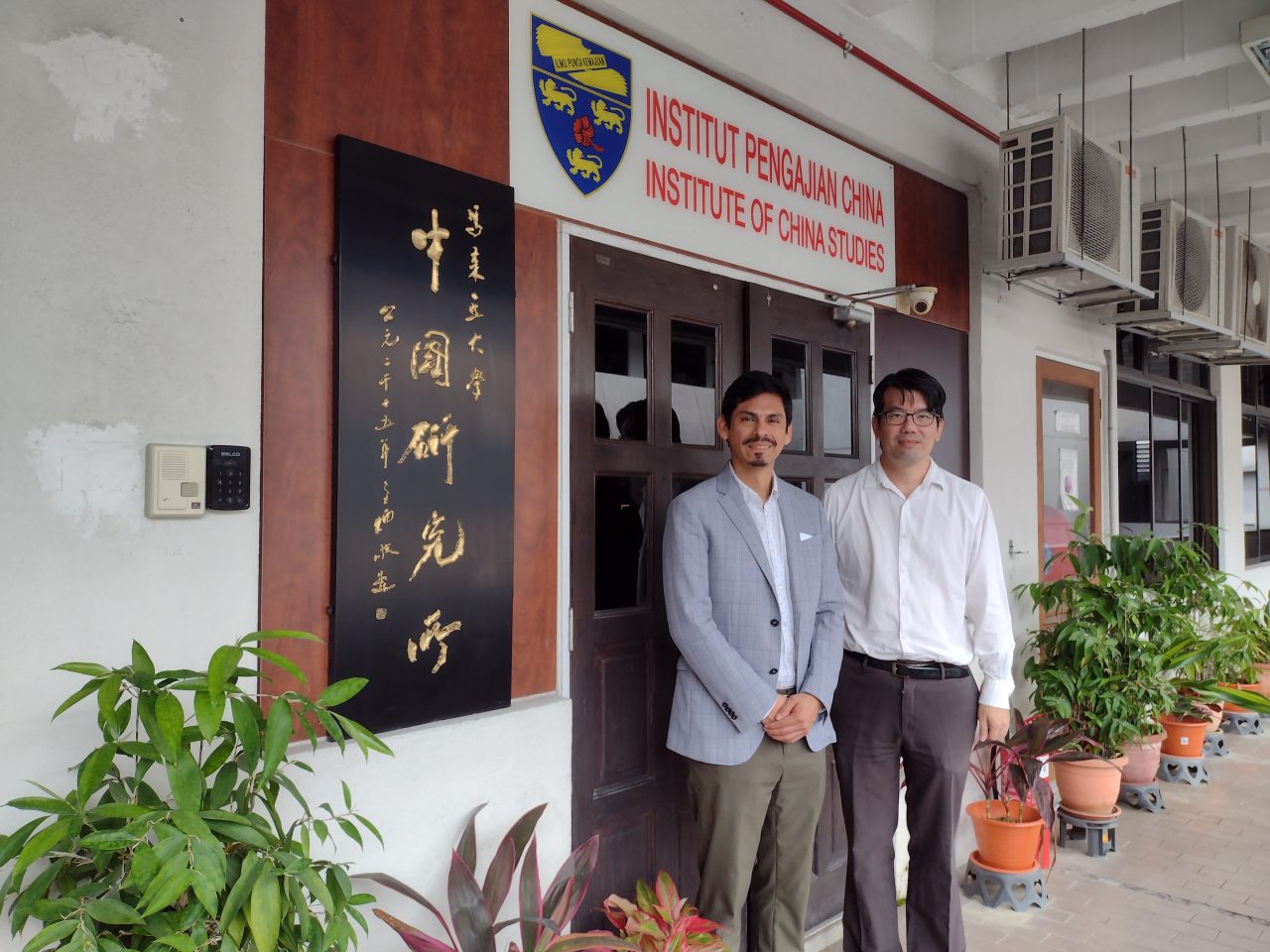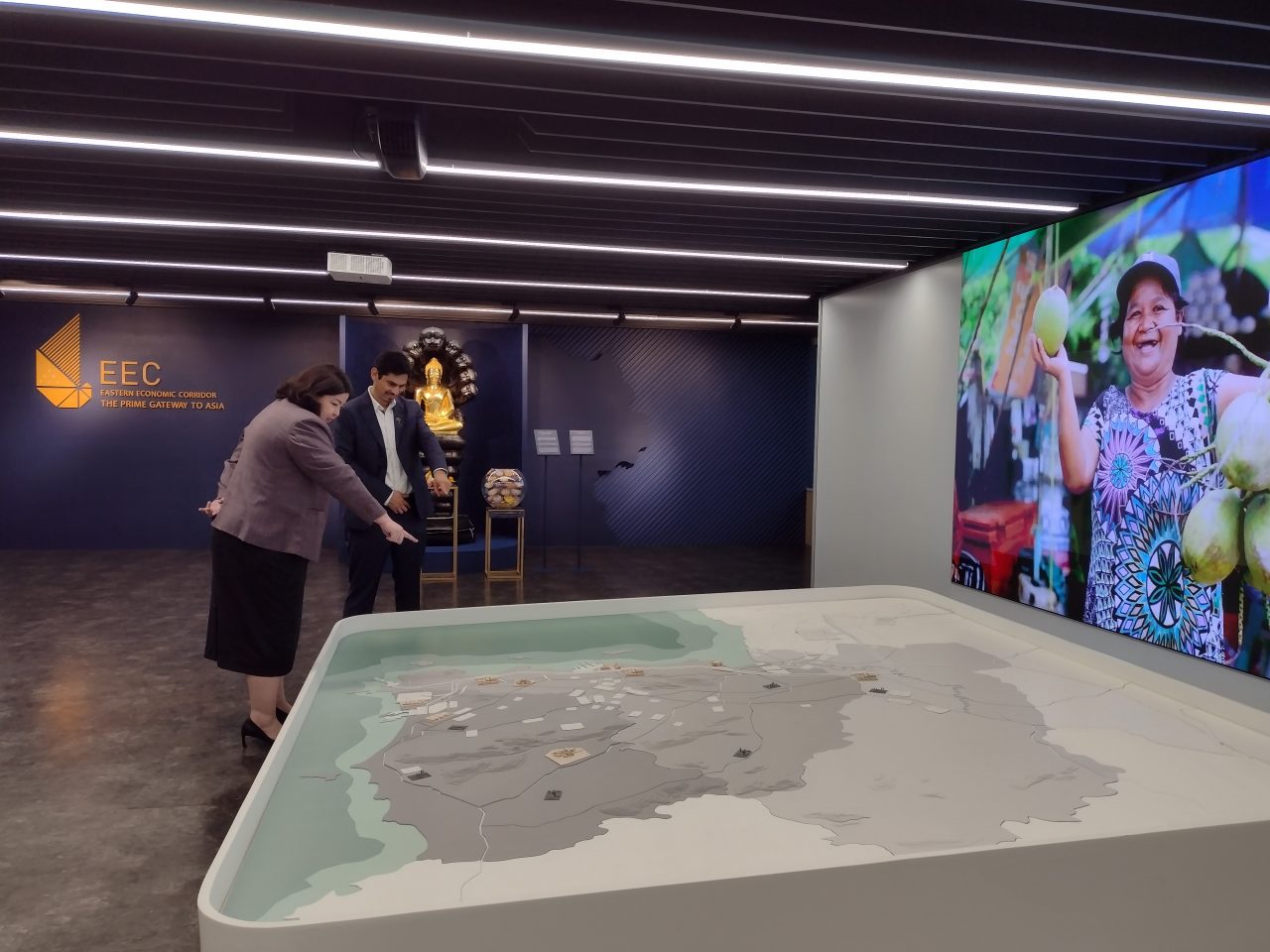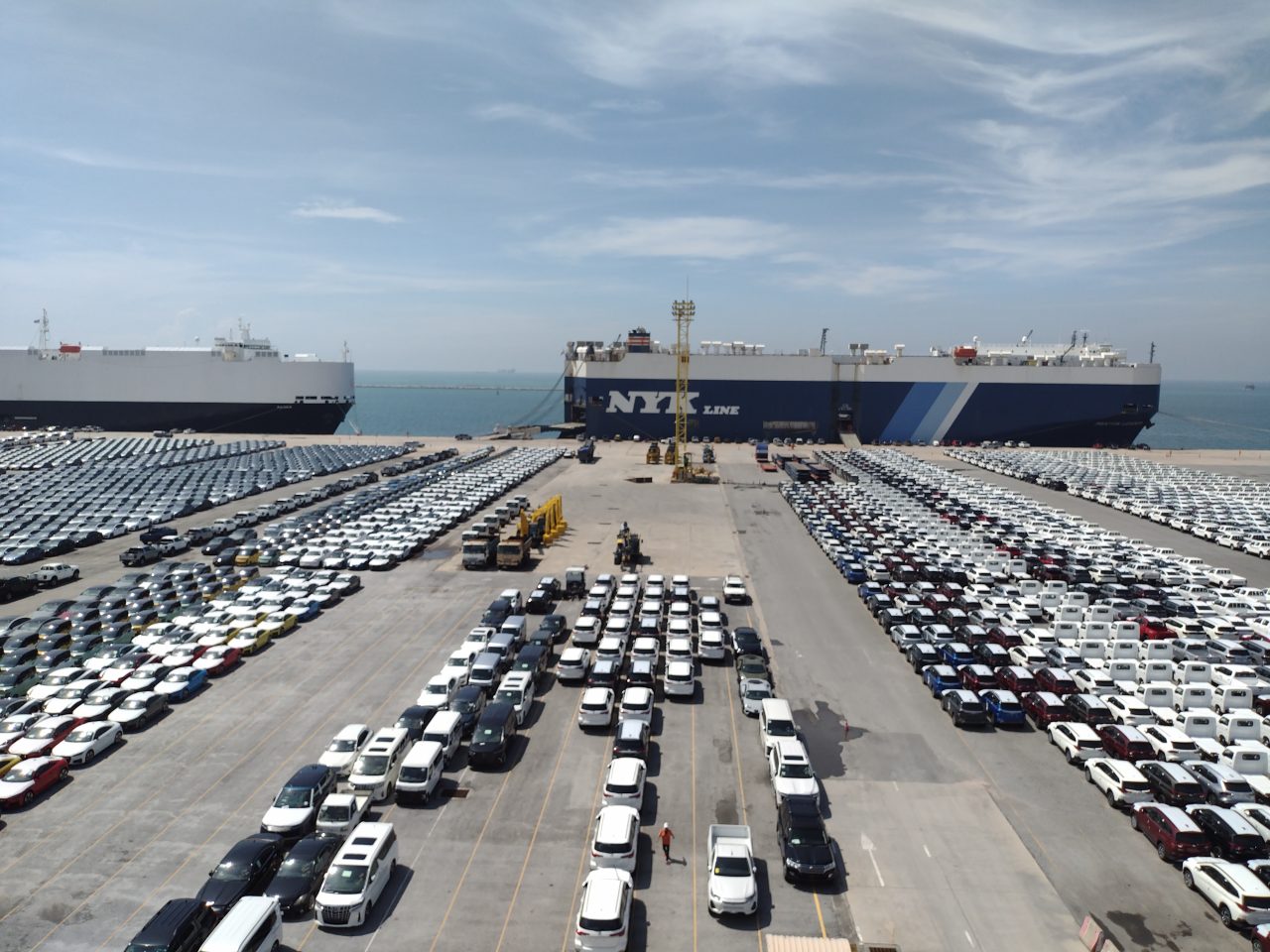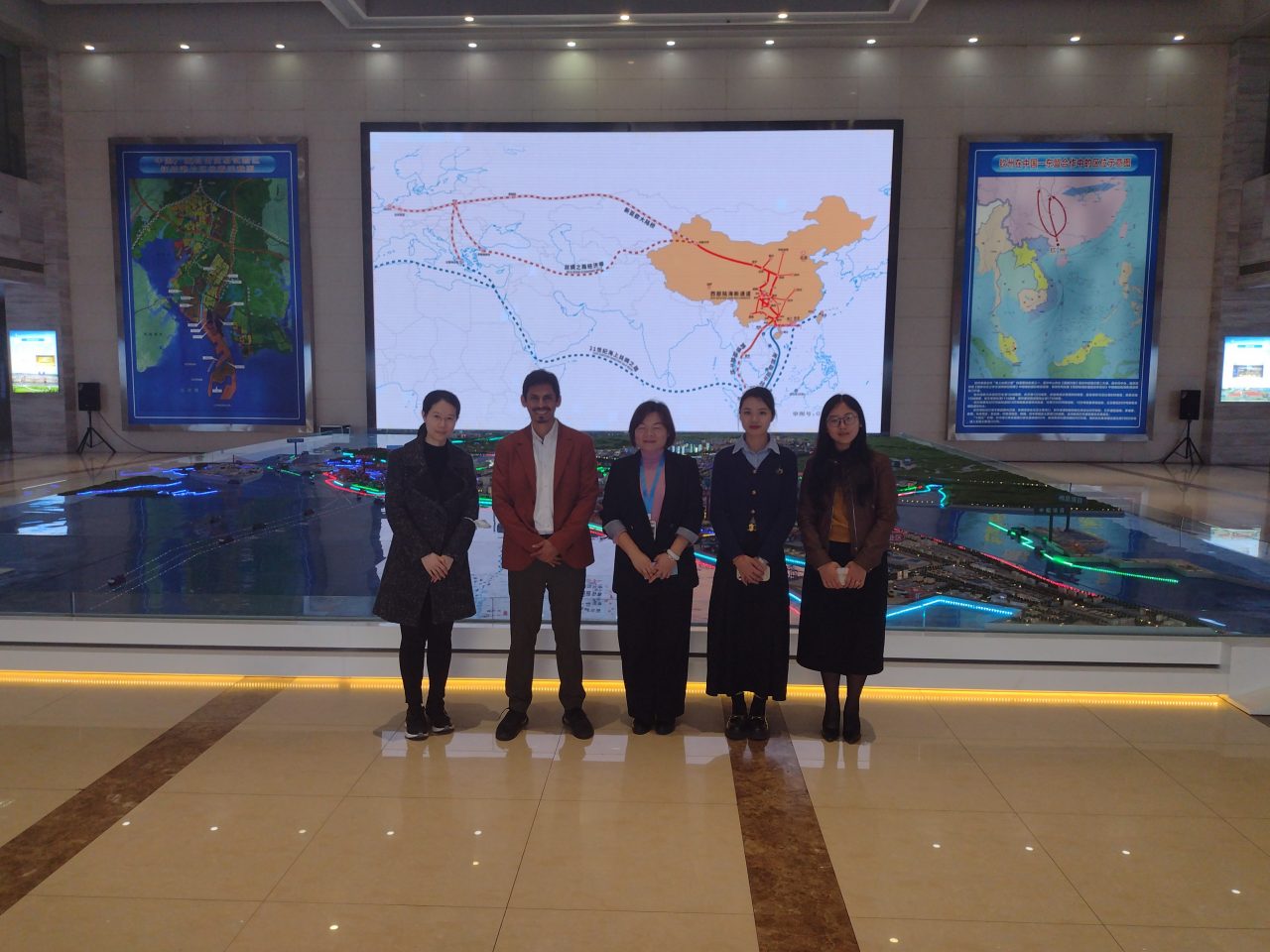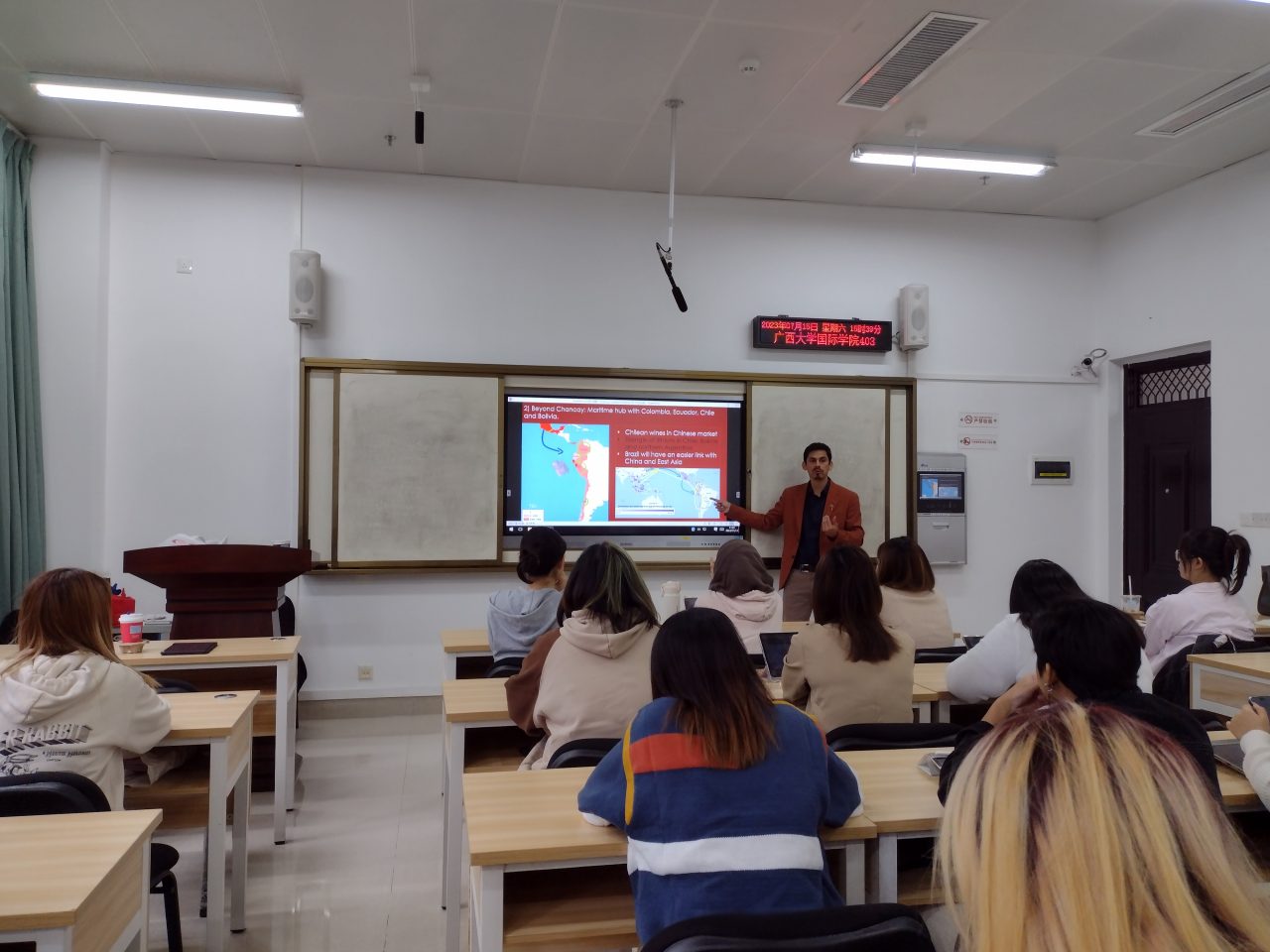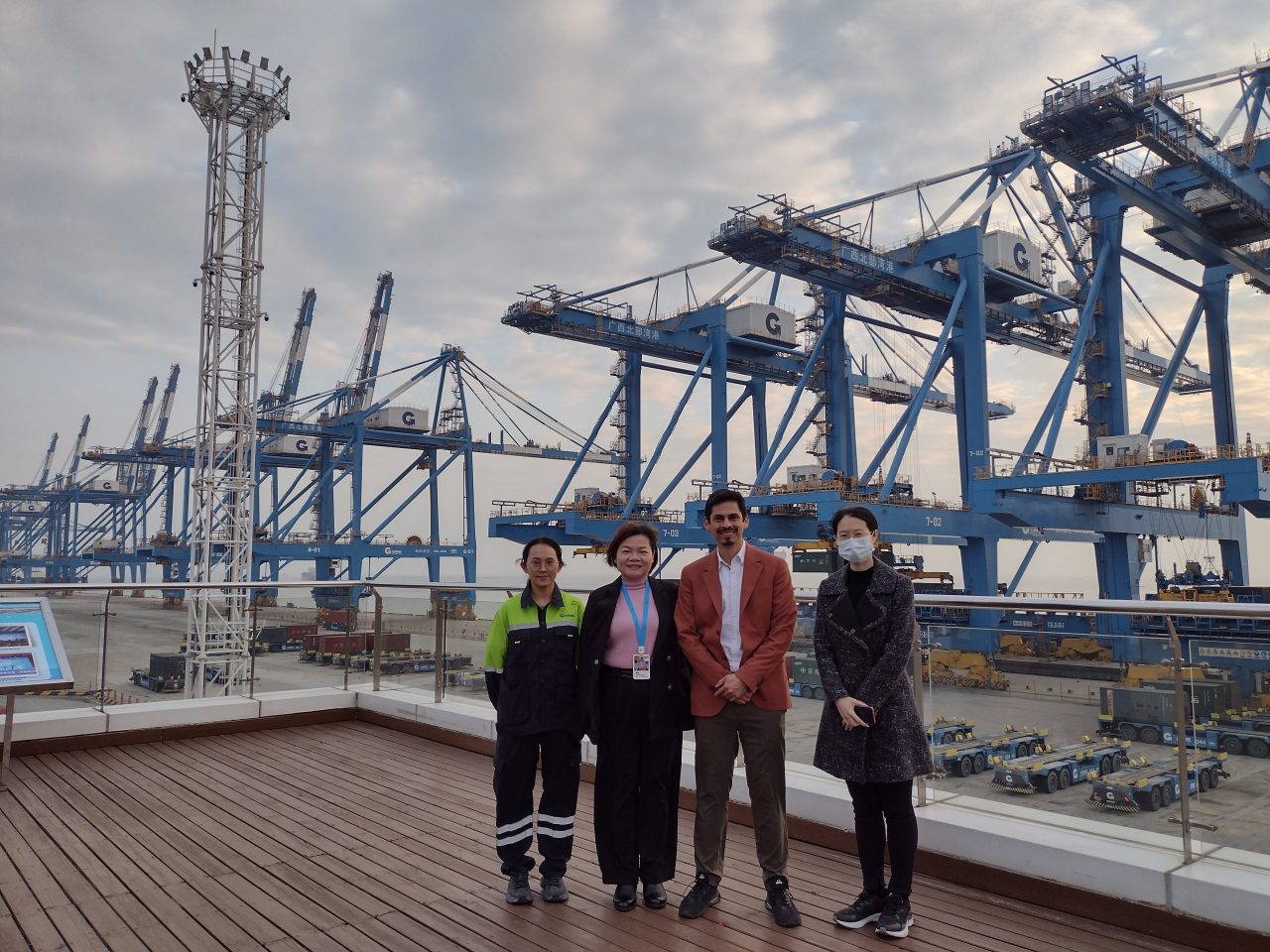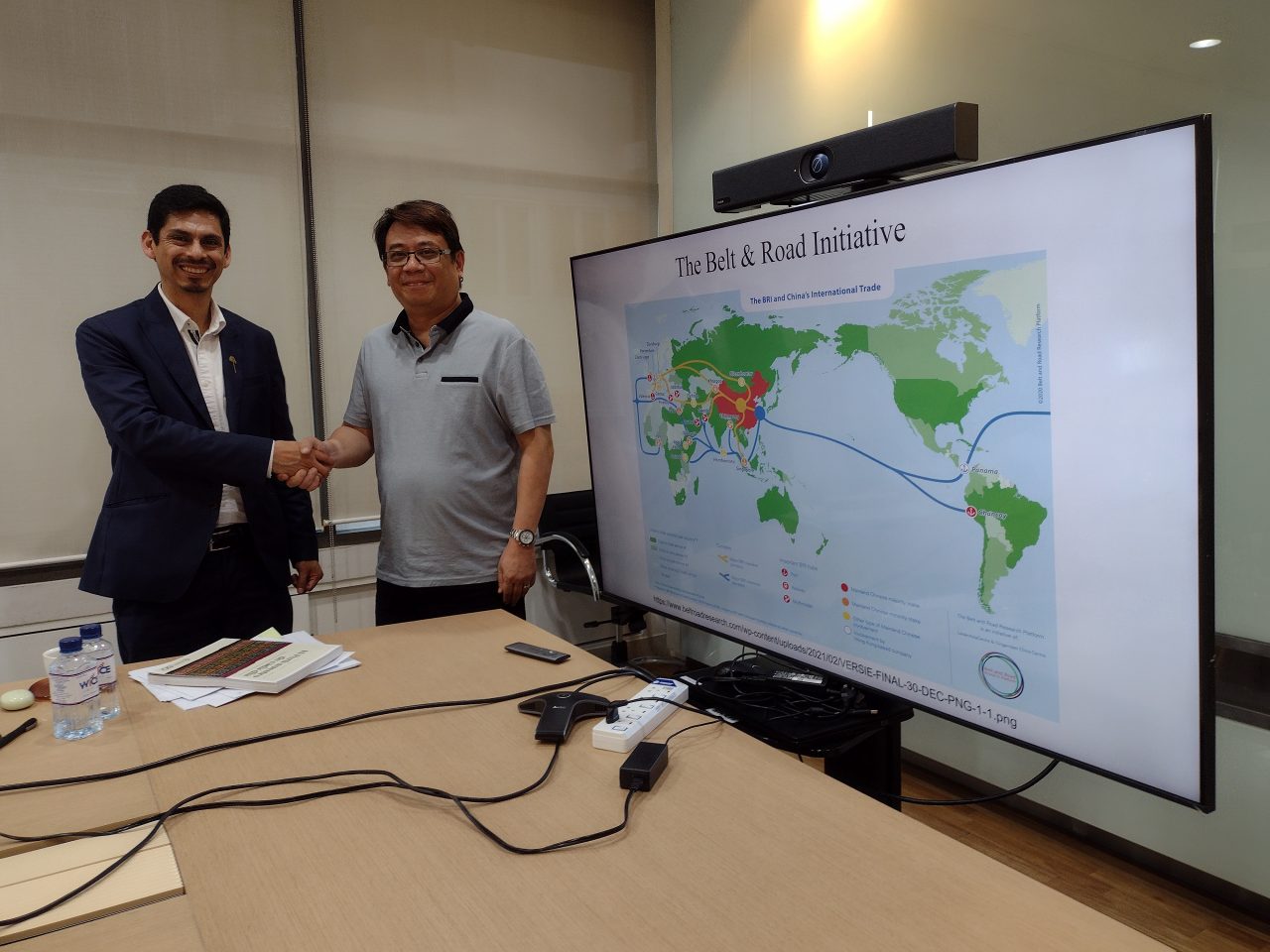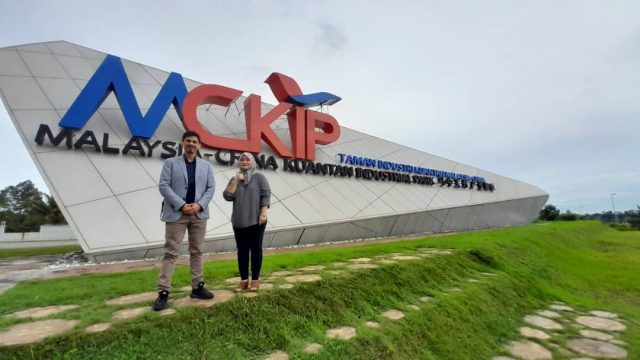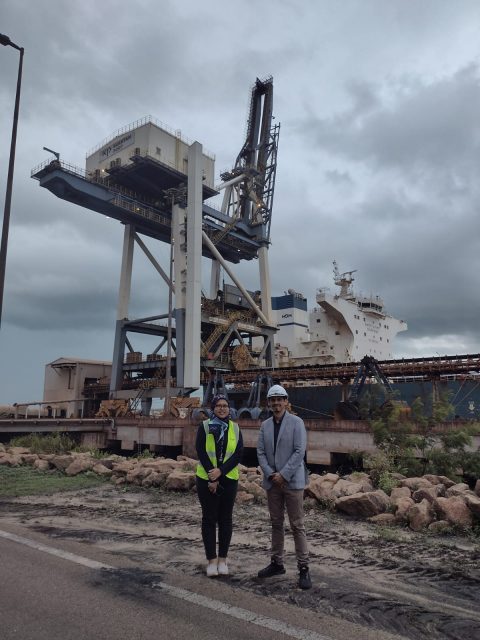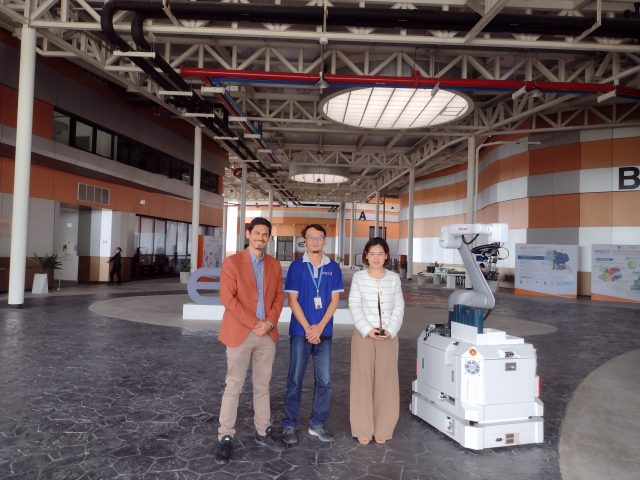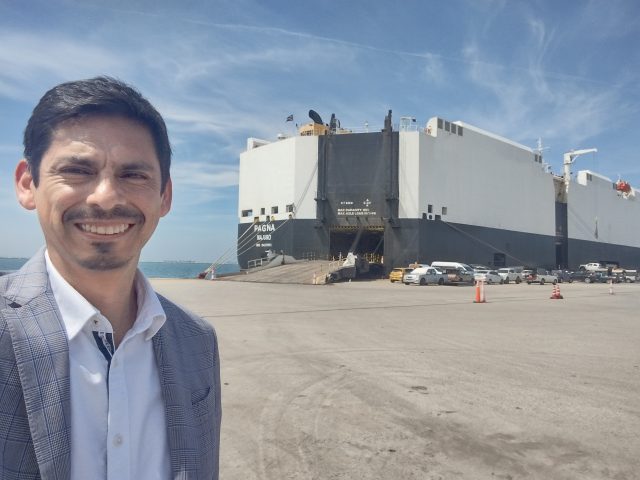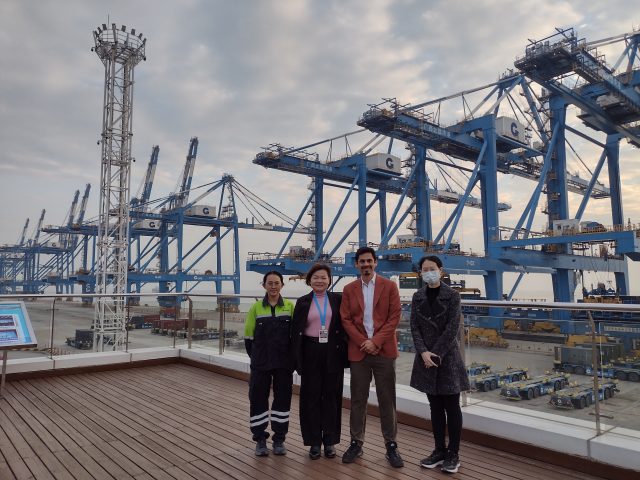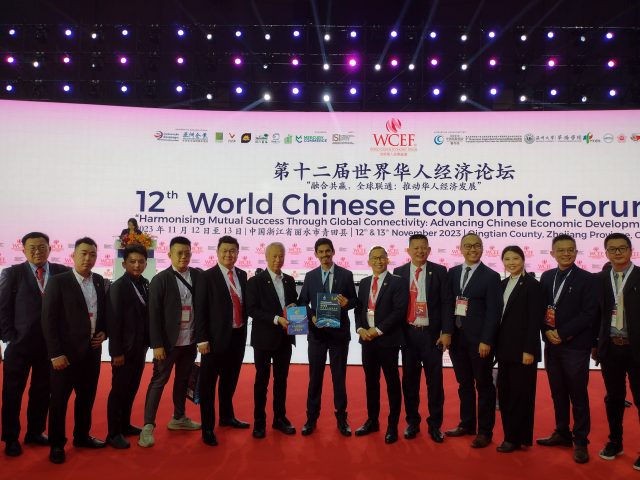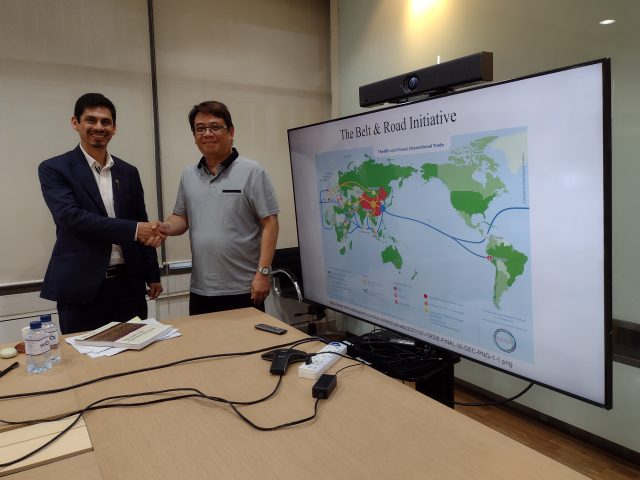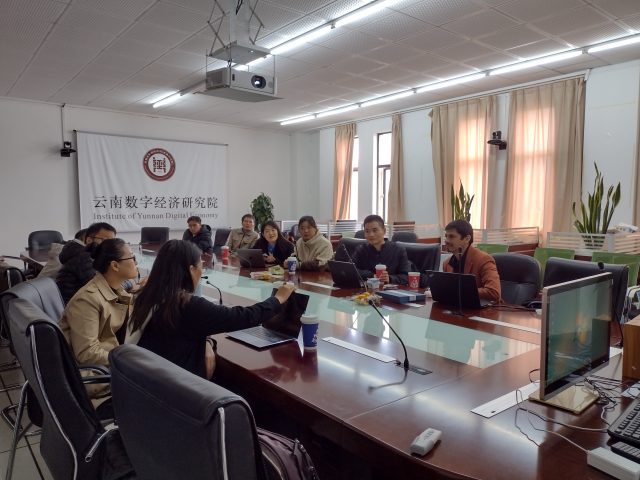Omar Narrea makes a research trip to Thailand, China and Malaysia
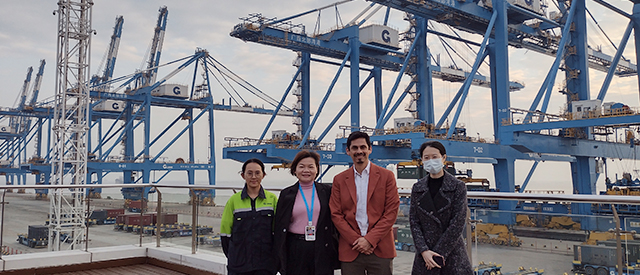
Between November 2 and 27, Professor Omar Narrea, a research affiliate at the Center for China and Asia-Pacific Studies, undertook a research trip to Thailand, China and Malaysia as part of his project focusing on current Chinese investment models for ports and special economic zones in Southeast Asia.
During the first stage of this project, Professor Narrea published a working paper titled Sharing Chinese and Peruvian Visions about the Future Chancay Port: Exploring Opportunities under the Belt and Road. This study contributes to an exchange of perspectives between China and Peru regarding the future of Chancay Port and aims to help steer authorities and leaders towards significant transformations of the resultant trans-Pacific maritime corridor.
The second stage of the project entailed a field visit to two Association of Southeast Asian Nations (ASEAN) countries and China (Guangxi) in order to get a closer look at the economic corridors of the Belt and Road Initiative (BRI), in which China promotes investment and infrastructure projects. The three locations visited were:
- The Eastern Economic Corridor (EEC) in Thailand
- The China–Malaysia Qinzhou Industrial Park (CMQIP) in Qinzhou of Guangxi (China)
- The China–Malaysia Kuantan Industrial Park in Malaysia
During the research visit, Professor Narrea focused his attention on three crucial axes. First, he explored the connectivity infrastructure in the three BRI corridors. This took him to the port of Kuantan in Malaysia, where he examined the operations of the heavy cargo terminal responsible for exporting metal products processed at the Malaysia–China Kuantan Industrial Park. In Quinzhou (China), Professor Narrea visited the automated container terminal, which cements Guangxi’s strategic role as a hub for the maritime routes in the New Land–Sea Corridor, connecting China’s eastern provinces with the ASEAN countries. The last stop along the Eastern Economic Corridor saw the researcher visit Laem Chabang Port in Thailand, where he learned about the operations of the roll-on cargo terminal: a crucial center for Thai exports that ship around 2 million cars annually.
In the second axis Professor Narrea explored industrial parks and special economic zones, He highlighting the BRI agreement between Malaysia and China to establish twin parks in Kuantan (Malaysia) and Guangxi (China). In Kuantan, the Malaysia–China Industrial Park displayed notable progress in the implementation of its first phase, attracting leading companies in the steel and rubber derivatives industry. Meanwhile, the twin park in Guangxi is undergoing significant growth in the food and technology industries. In the Eastern Economic Corridor (EEC), Narea’s visit to the 570-hectare Laem Chabang Industrial State (Thailand) stood out as an opportunity for manufacturers looking to exploit the proximity to the port along with the multiple industrial and export benefits. Another key destination, 150 kilometers from the port, was the EEC of Innovation (EECi), a facility that contributes to high-value Thai sectors by offering a knowledge and science cluster for laboratories and facilities operated by technology companies, universities and centers.
In the third axis, the results of the research project were shared through collaborations with universities and participation in specialized forums. At Guangxi University, a class was offered to Chinese, Thai, and Cambodian students enrolled on Professor Dr. Luo Chuanyu’s course at the China–ASEAN Research Center. At Yunnan University, a workshop was provided for graduate students of Dr. Chen Ying, addressing topics related to Chancay Port and the New Maritime Silk Road. In addition, in Qingtian City, Professor Narrea participated as a speaker on the panel “Belt and Road Initiative (BRI) – Shaping Global Connectivity and Economic Prosperity” at the 12th World Chinese Economic Forum. To learn more about the experiences of Malaysia and Thailand as part of the Belt and Road Initiative, meetings were held with Dr. Ngeow Chow-Bing, Director of the Institute of China Studies at the University of Malaya, and with Professor Ruth Banomyong (PhD) Director of the Center of Excellence in Connectivity at Thammasat University.
The next step in Professor Omar Narrea’s research project is to deliver a policy paper with recommendations on developing special economic zones, industrial parks, and innovation hubs around Chancay Port to provide authorities, economic leaders, and policy-makers inputs with which to design strategies that will enhance the opportunities that the Belt and Road Initiative offers the Peruvian economy. Professor Narrea also hopes to participate in technical spaces aimed at turning Chancay and the provinces within the port’s area of influence into territories of well-being with high-quality jobs.
